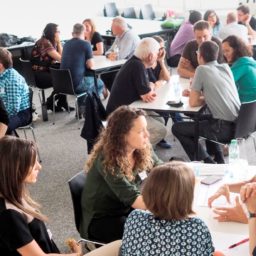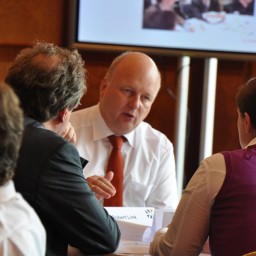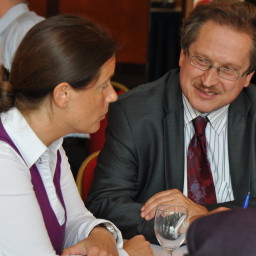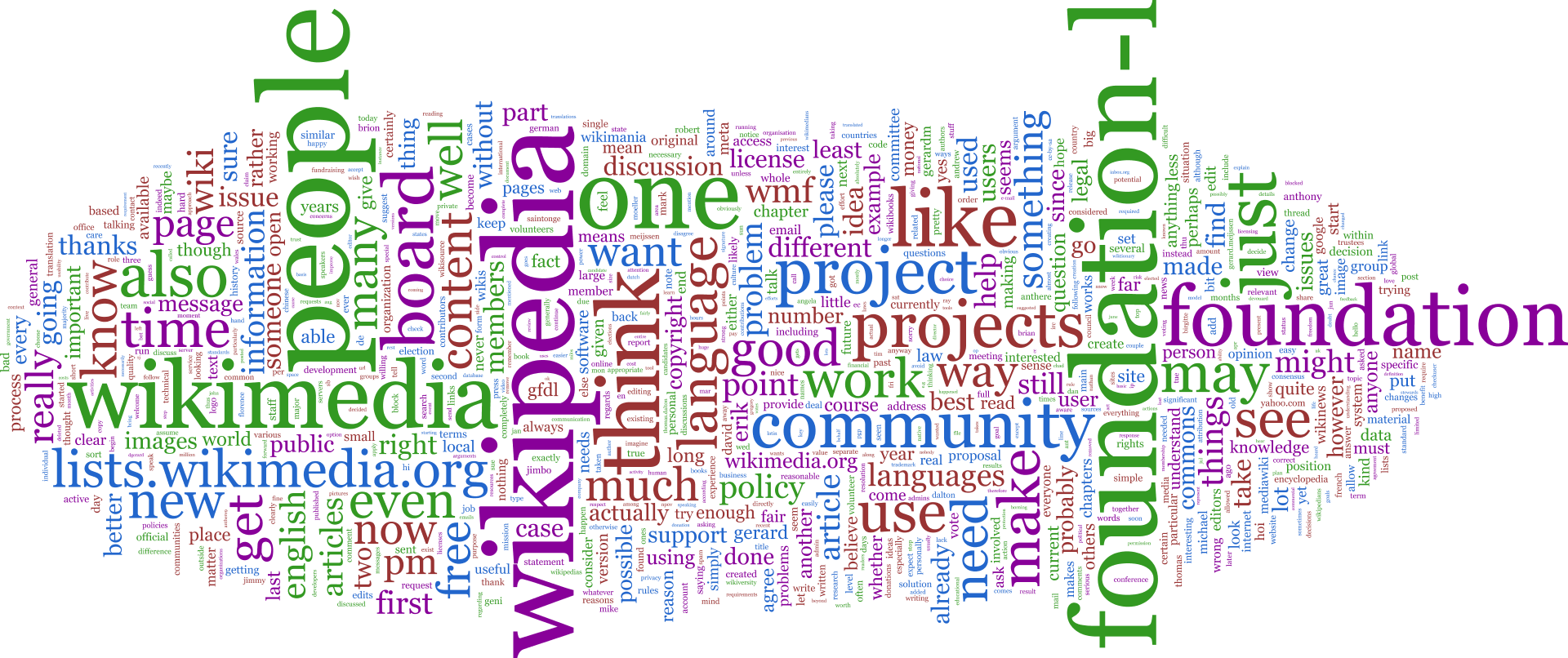
Why is conversation so easy? Abstract Traditional accounts of language processing suggest that monologue – presenting and listening to speeches – should be more straightforward than dialogue – holding a conversation. This is clearly not the case. We argue that conversation is easy because of an interactive processing mechanism that leads to the alignment of … Continue reading Why Is Conversation So Easy? Simon Garrod and Martin J. Pickering

Abstract Current models draw a broad distinction between communication as dialogue and communication as monologue. The two kinds of models have different implications for who influences whom in a group discussion. If the discussion is like interactive dialogue, group members should be influenced most by those with whom they interact in the discussion; if it … Continue reading Group Discussion as Interactive Dialogue or as Serial Monologue: the Influence of Group Size Nicolas Fay, Simon Garrod and Jean Carletta (2000)

Conversational leadership replaces the simplicity of monologue with the unpredictable vitality of dialogue. Conversation is open and fluid rather than closed and directive. To make it work, leaders need to cultivate the art of listening to people at all levels, and speaking with them directly and authentically. | Boris Groysberg and Michael Slind Continue reading Conversational Leadership Replaces Monologue with Dialogue Boris Groysberg and Michael Slind, 2012

Introduction: Small Group Conversations Groupthink Close Pop-up all posts in this chapter What’s the Vibe? Please be patient as this may take up to a minute to load… Close Deciding the optimum group size for a conversation or decision-making is critical in small group work. What is the optimum size? Over the years, in running … Continue reading What Is the Optimum Group Size for a Conversation? More than five people and it is not a conversation

The Myth of Thamus and Theuth Connecting Minds Close Pop-up all posts in this chapter What’s the Vibe? Please be patient as this may take up to a minute to load… Close Many of us find it difficult to give a speech, and it is not always easy to listen to one, but we are … Continue reading Our Brains Are Designed for Conversation That is why we find conversation so easy

Speak in Plain Language Take Responsibility for the Conversation ** Close Pop-up all posts in this chapter What’s the Vibe? Please be patient as this may take up to a minute to load… Close Turn monologues into dialogues: Turn one-way communication into two-way conversations. Talk with people rather than at them. A monologue is a … Continue reading Turn Monologues Into Dialogues Talk with people rather than talk at them

Rediscovering Rhetoric Introduction: the Power of Conversation Close Pop-up all posts in this chapter What’s the Vibe? Please be patient as this may take up to a minute to load… Close On the face of it, rhetoric and oracy would seem the same, but although they have much in common, they have some significant differences. … Continue reading What Is the Difference Between Rhetoric and Oracy? Rhetoric is monologue, oracy is dialogue






